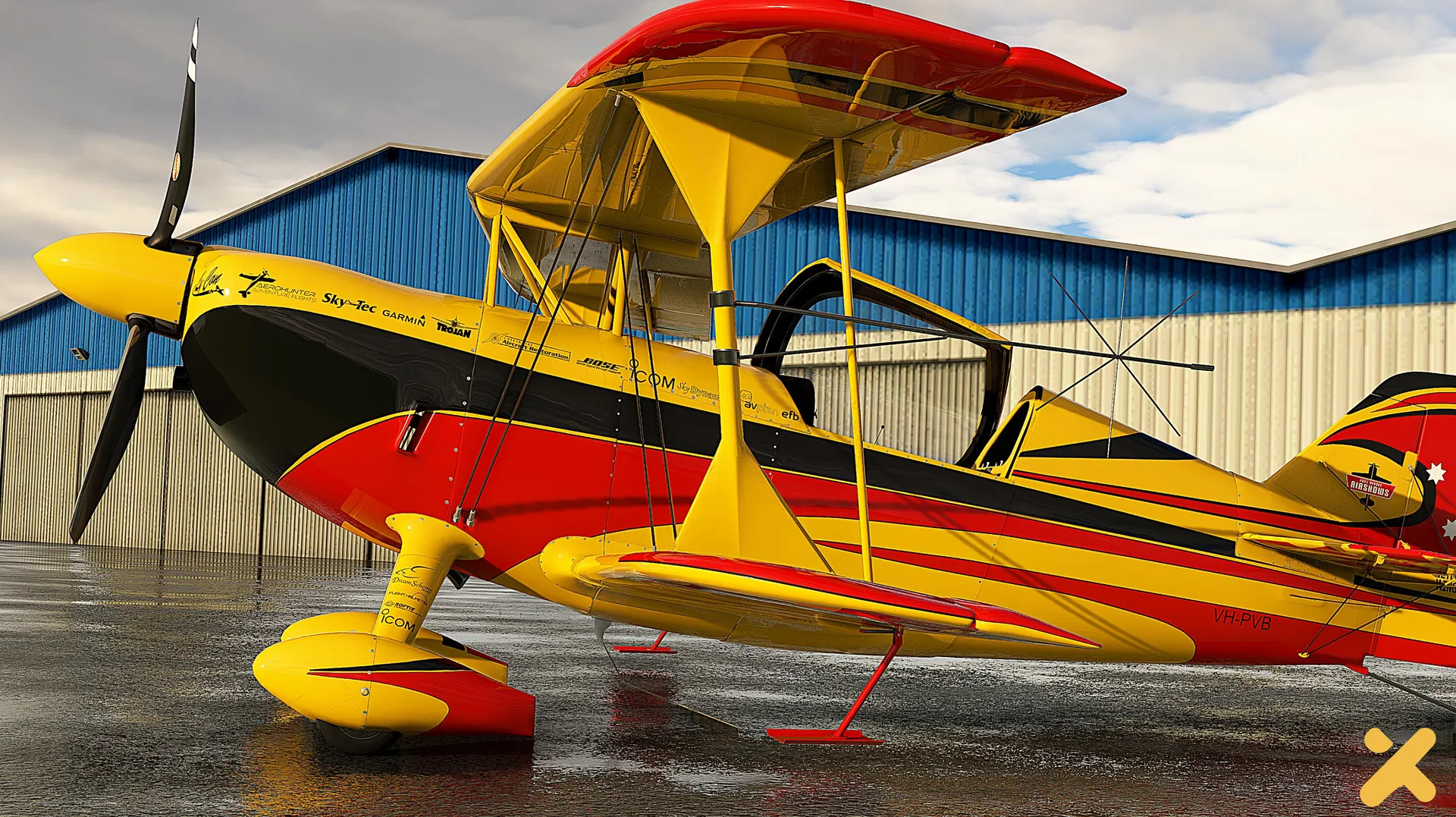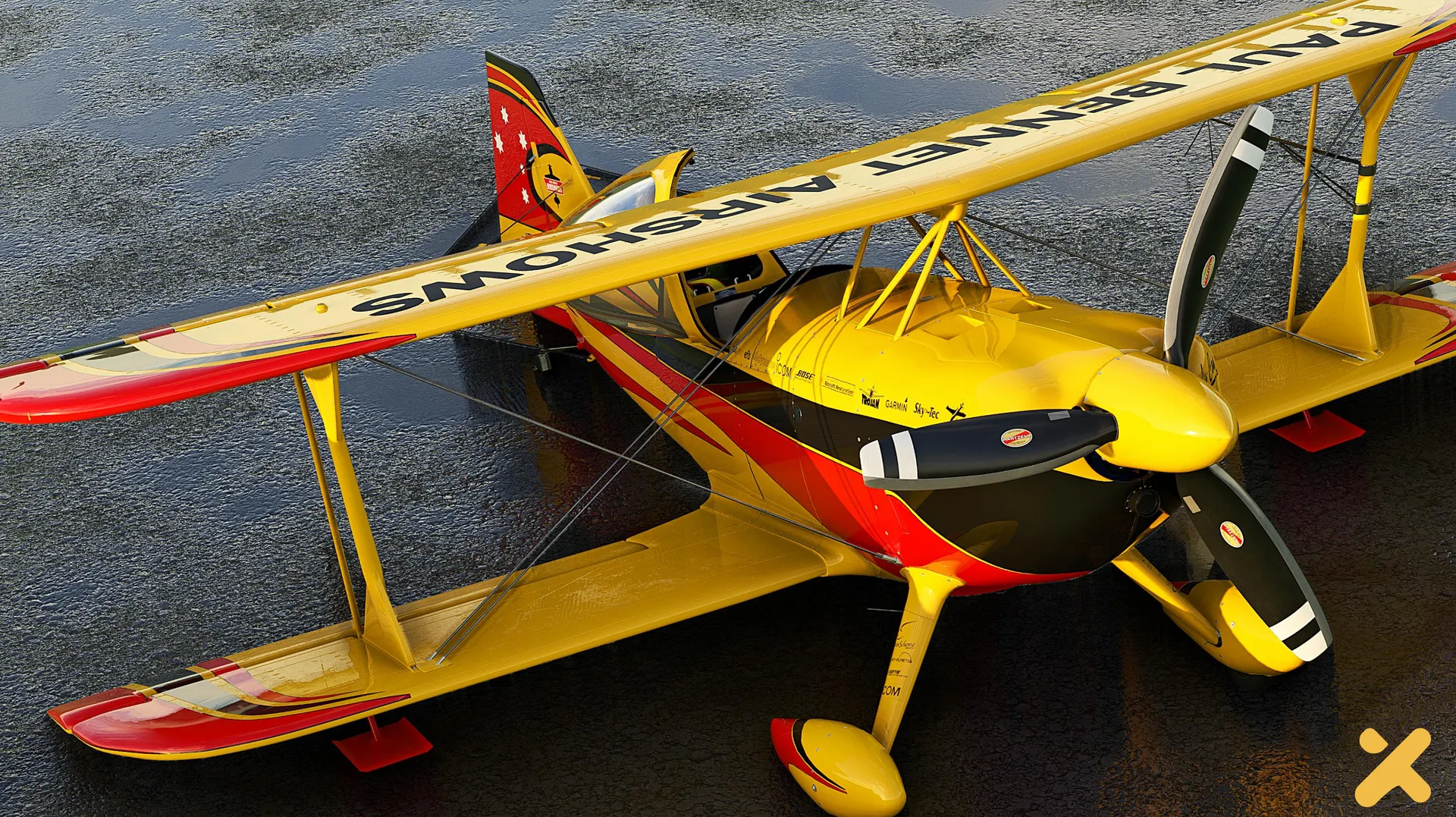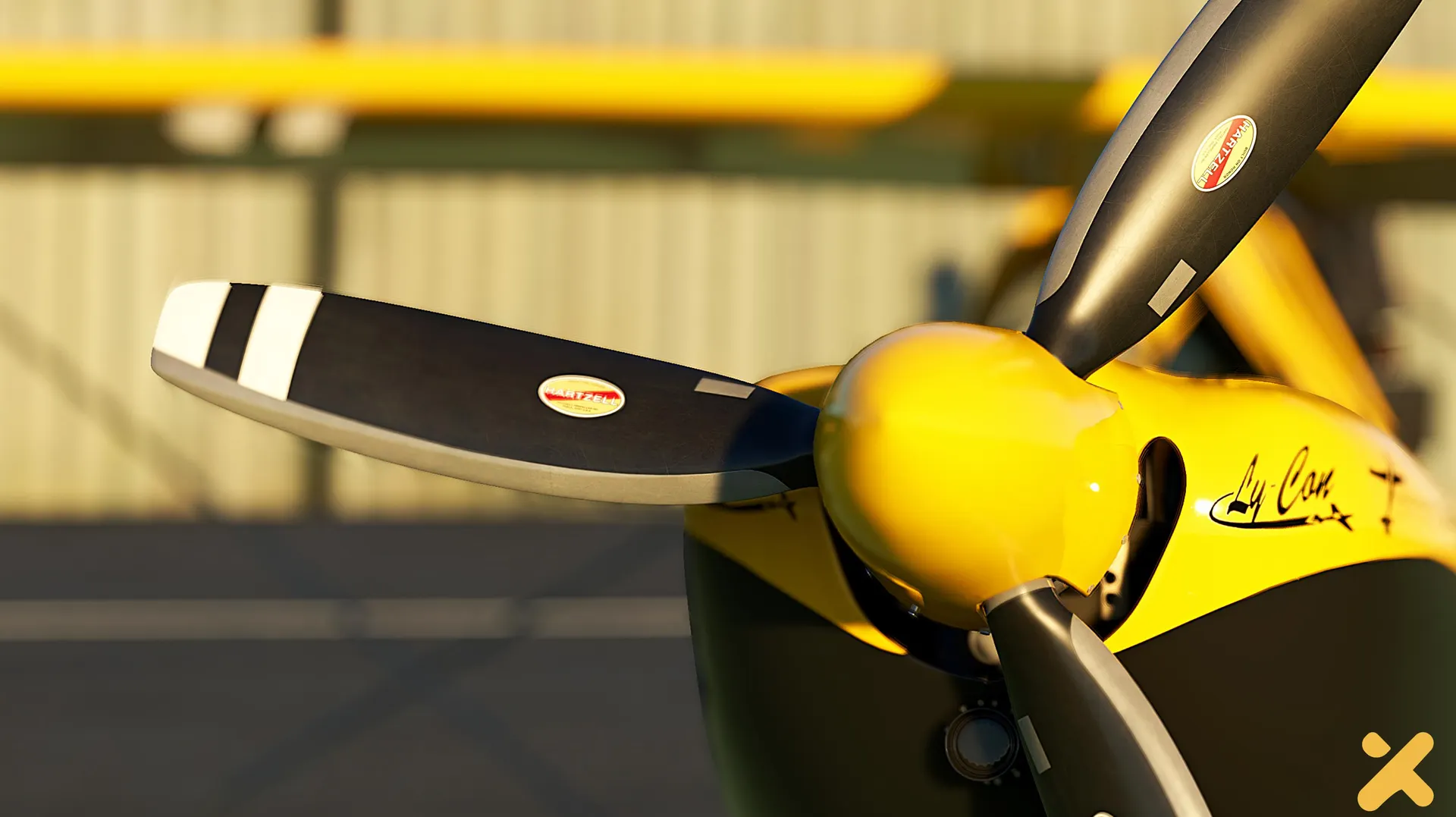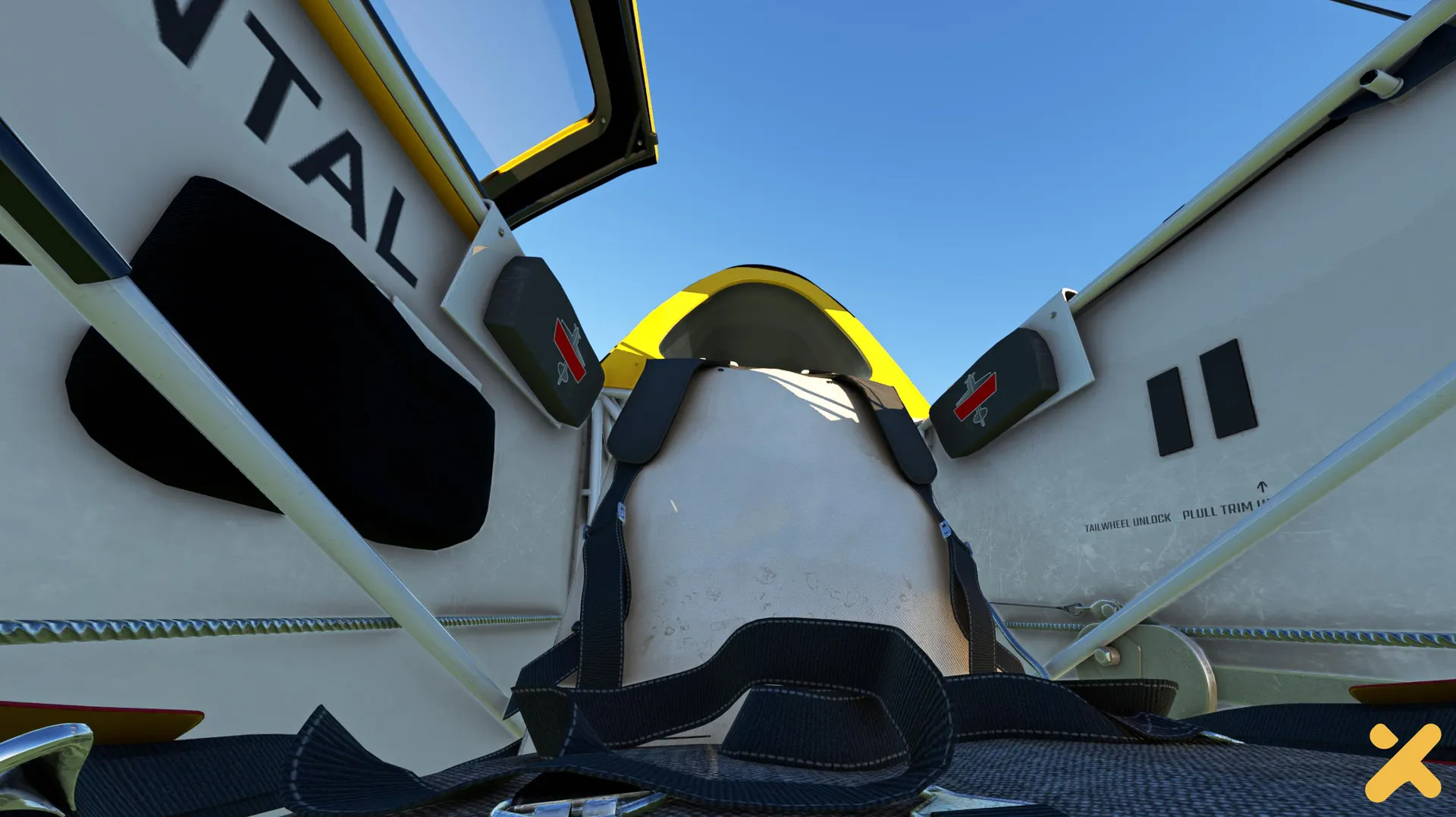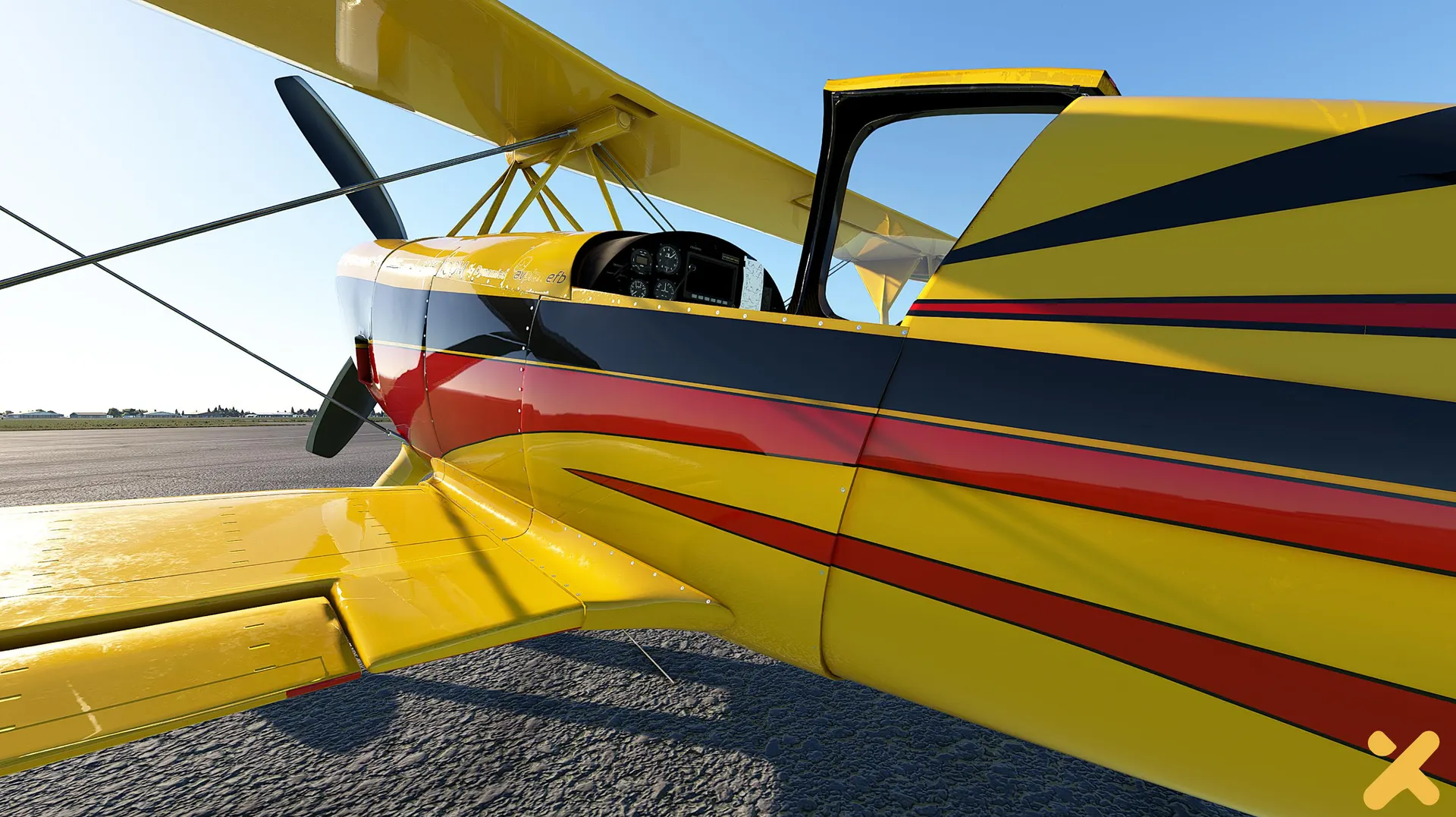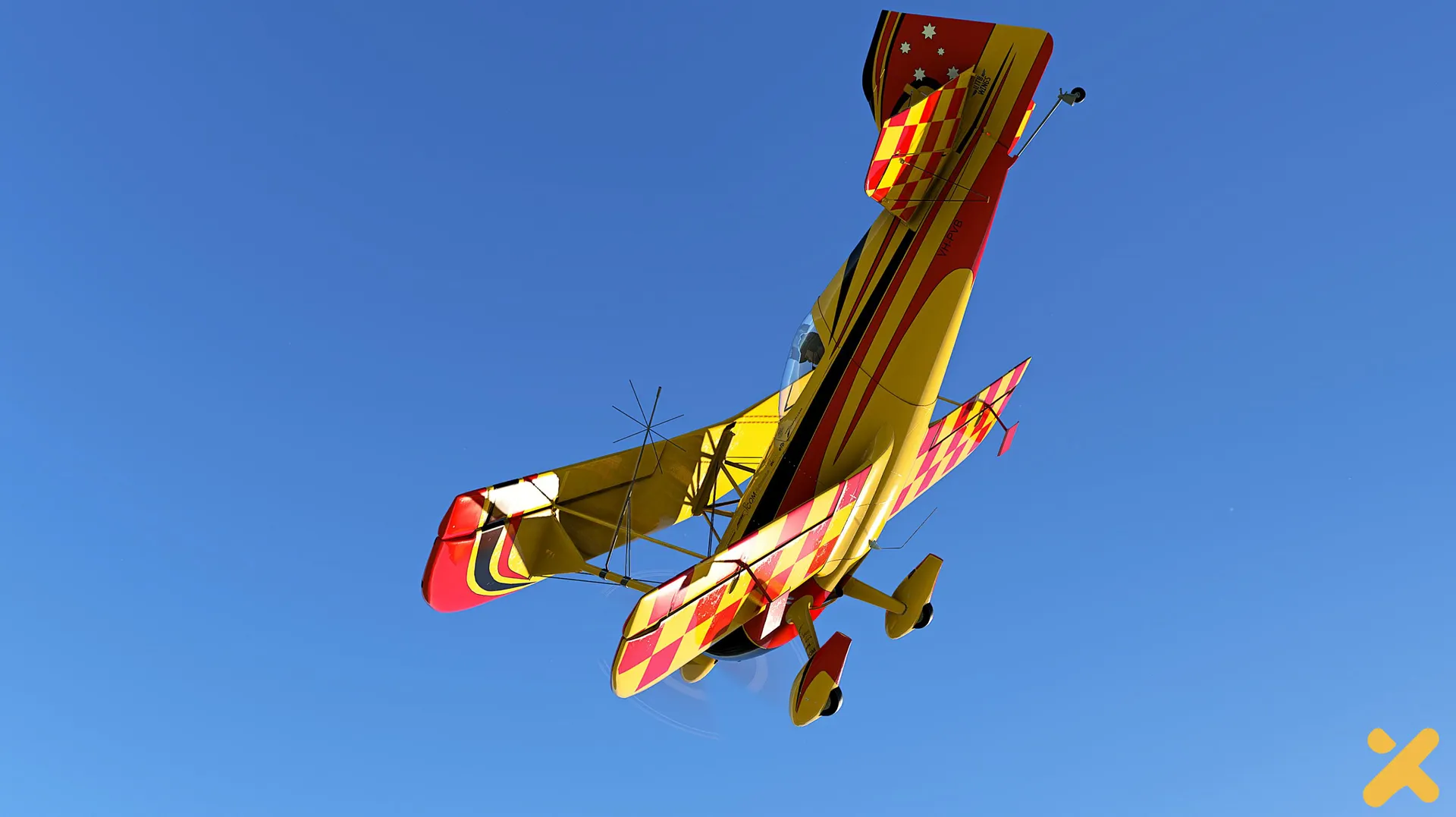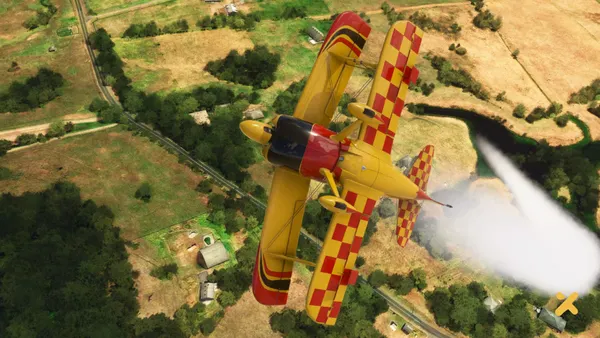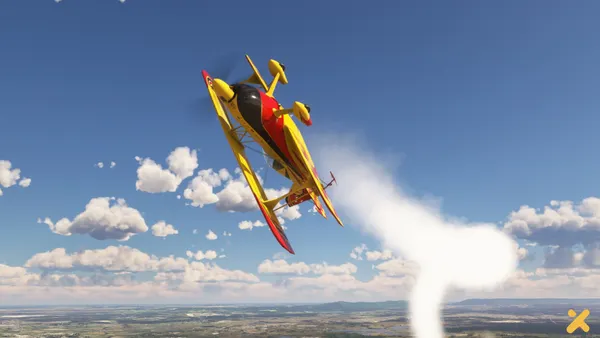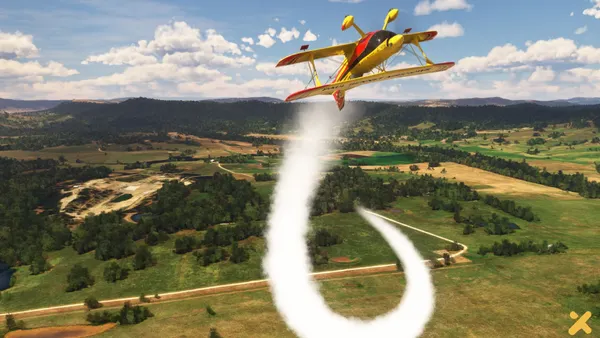The Wolf Pitts Pro is a one-of-a-kind, single-engine, single-seat, specialty aerobatics biplane. Created to perform as the very highest level of precision flight, the model is renowned for its breathtaking demonstrations at airshows.
The story of the Wolf Pitts Pro began with the American-developed Pitts Special aerobatic biplane, a famed staple at airshows that took its maiden flight in 1944. Since its debut, developers have improved the capabilities of the Pitts Special design with aerodynamic and power upgrades. One of the most renowned of these innovators is American airshow pilot and aviation engineer Steve Wolf, who specializes in aircraft wing design. Wolf, through his company Wolf Aircraft, created an ultra-high-performance set of wings for the Pitts Special, and then ultimately created an airplane around those wings—the Wolf Pitts Pro.
The Wolf Pitts Pro is a masterpiece purpose-built machine ideally aerodynamically balanced for its mission of extreme aerial 3D maneuvering. It features high-strength, lightweight composite construction throughout the airframe for maximum structural integrity and aerodynamic cabane struts for optimized wing stiffness and strength. It has a cockpit developed specifically for flying extreme maneuvers, a custom propulsion system ideally performance-balanced with the aircraft, and a fixed traditional undercarriage with spatted main landing gear wheels. The wings comprise four full-span, oversized ailerons and the empennage has an enlarged horizontal stabilizer, elevator, and rudder. All control surfaces have a wide range of deflection for optimum pilot control throughout the aircraft’s full speed range and during all types of maneuvers. Wolf positioned the center of gravity of the aircraft slightly aft of that of traditional configurations to allow for lightning-fast responsiveness to control inputs for roll, pitch, and yaw.
The cockpit is designed similarly to that of an F-16 where the pilot’s body is ideally positioned for high-g maneuvers. It features a center-mounted control stick and a sliding throttle positioned to the left of the pilot. Other controls and instrumentation are arranged for maximum pilot situational awareness. The basic, intuitive cockpit layout engenders pilot focus, and a bubble canopy protects from wind and affords optimal external fields of view. The aircraft’s control surface actuation system maintains a consistent level of stick resistance despite aircraft speed or control surface deflection. This feature enables a pilot to perform maneuvers with the highest levels of precision, despite airspeed and altitude above ground.
The Wolf Pitts Pro measures 20 feet, 4 inches in length, has a wingspan of 19 feet, 4 inches, and weighs 1,200 pounds empty. The aircraft is powered by a 400-horsepower, 6-cylinder Lycoming IO-540 engine custom modified for the airplane by Ly-Con Aircraft Engines of the United States. The engine is mated to a next-generation, composite laminate, 3-blade Hartzell Talon propeller.
The Wolf Pitts Pro has a range of 575 miles, a cruising speed of 213 miles per hour, and a top speed of 278 mph. It has a rate of climb of 4,000 feet per minute, a roll rate of 380 degrees per second, and it can handle maximum stresses of +11 G to -10 G.
The Wolf Pitts Pro, build number 001 and registration VH-PVB, is the only one of its kind flying. It is unrivaled as a biplane for its unique ability link together extreme precision maneuvers including snap rolls, half-Cubans, hammerheads, and Lomcevaks. Steve Wolf built a similar—but not identical—model that is today on permanent display in the Smithsonian’s National Air and Space Museum.
